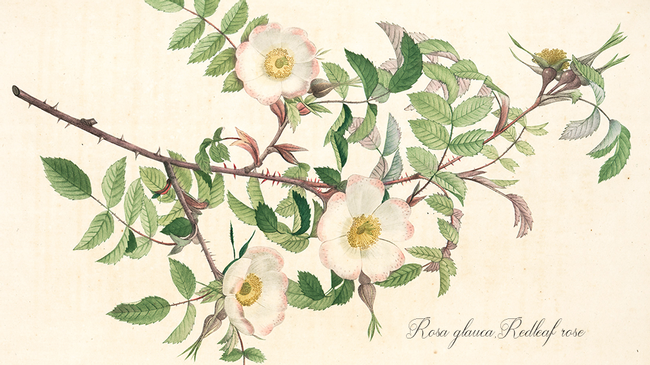Get with the Lingo! Plant Types, Terms & the Deal with Latin Names

To get more comfortable with plants, it’s good to familiarize yourself with common plant lingo. Here are some of the ways plants are categorized:
By place of origin
Native
• Native plants are part of a unique ecosystem that evolved over hundreds or thousands of years. They live in unique plant communities, i.e. oak woodlands, redwood forests, coastal bluffs, etc.
• Examples include coast live oaks, California poppies, and manzanita
Endemic
• These are native plants that only exist in one area.
• Examples include the Tiburon mariposa lily and Mt. Tamalpais jewel flower. These rare plants only live in Marin County.
Non-native (also called "exotic")
• These are plants introduced by humans intentionally or by accident. Because of our mild climate, we can grow many plants from around the world. These include plants from Asia as well as Australia, Chile, South Africa, and the Mediterranean.
• Examples include lavender, agapanthus, and rosemary
By level of concern
Naturalized
• Do not confuse these with native plants. Naturalized plants are non-natives that have taken up residence in native areas and do not need human help to stay alive.
• Examples include forget-me-nots and nasturtiums
Invasive
• These are non-native plants that spread quickly and cause harm to the environment, economy, or human health.
• Examples include pampas grass, English ivy, and broom.
DO NOT plant invasive plants!
By life span
Annuals
•Annuals live their entire life, from seed to flower, in one growing season.
• Examples include sunflowers, alyssum, zinnias, and clarkia.
Biennials
• Plants that need two years to complete their life cycle.
• Examples include foxglove and hollyhocks.
Perennials
• Perennials persist for many growing seasons.
• Tops die back and the roots stay alive.
• Examples include penstemon, sage, and aster.
By leaf drop
Evergreens
• Plants that keep their leaves all year.
• Examples include redwood trees, citrus, and pittosporum
Deciduous
• Plants that drop their leaves for part of the year.
• Examples include maple, cherry, and apple trees.
By temperature tolerance
Tender plant
• Damaged or killed by low temperature
Hardy plant
• Withstands low temperatures in winter
By botanical name
Every plant has one botanical name but may have multiple common names. Using the botanical name eliminates confusion.
The botanical name is in Latin and consists of two parts:
Genus: the first name
Species: the second name
The name may also include further description as a variety or a cultivar.
How to translate a botanical name
Use the example below to see the meaning behind a botanical name.
Example:
Botanical name: Gledtisia triacanthos var. inermis 'Sunburst'
Common name: thornless honey locust tree with gold foliage
Breaking the name down:
Genus: a group of plants that share structural characteristics.
• In the example above, the genus Gleditsia refers to honey locust trees, of which there are 12 species.
• Genus is always the first word of a botanical name.
Species: a description of where the plant is native, what the plant looks like, or the name of the person who discovered it.
• In the example above, the species triacanthos describes the plant's "three-parted thorns."
• Species is always the second word of a botanical name.
Variety: a naturally occurring change (leaf variegation, flower shape, size, etc.) that creates a different appearance.
• In the example above, the variety inermis means "without thorns."
• When a variety is shown, it is always the third word of a botanical name.
Cultivar: a plant characteristic that can only be replicated with human intervention.
• In the example above, the cultivar 'Sunburst' refers to its bright golden spring leaf color.
• When a cultivar is shown, it is always in 'single quotes.'
